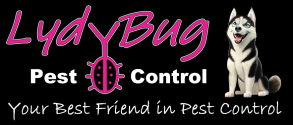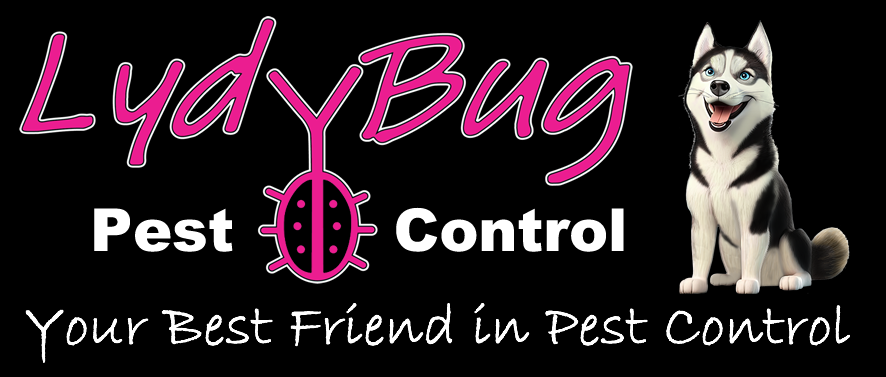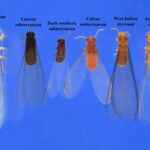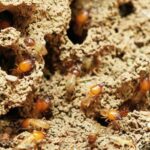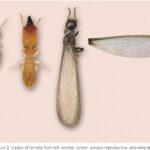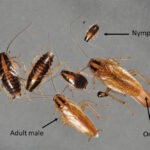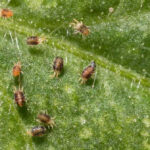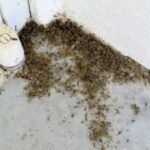Introduction:
Nature is teeming with fascinating creatures, each playing a unique role in the delicate balance of ecosystems. One such captivating insect that deserves our attention is the Milkweed Bug. These small insects, belonging to the family Lygaeidae, are not only aesthetically pleasing but also play a crucial role in maintaining the health of their habitat. In this blog post, we will explore the world of Milkweed Bugs, shedding light on their life cycle, behavior, and the vital role they play in nature.
The Milkweed Bug’s Appearance:
Milkweed bugs are easily identifiable by their striking coloration, typically featuring a combination of orange and black markings. Their elongated bodies and distinctive patterns serve as a form of warning to predators, signaling that they are unpalatable due to the toxins they acquire from their host plant, milkweed.

Life Cycle:
The life cycle of a Milkweed Bug is a fascinating journey through various stages. It begins with eggs laid on milkweed plants. These eggs hatch into nymphs, tiny versions of the adult bug that undergo several molts before reaching maturity. As they grow, the young nymphs shed their exoskeletons, revealing their colorful and distinctive markings. The entire life cycle, from egg to adult, typically spans a few weeks.
Adaptations and Behavior:
Milkweed bugs have developed remarkable adaptations that enable them to thrive in their specific habitat. Feeding primarily on milkweed seeds, they have a proboscis that allows them to pierce through the seedpods and extract nutrients. Additionally, these insects have evolved resistance to the toxic compounds present in milkweed, making them unappealing to predators.
Another intriguing aspect of their behavior is their tendency to aggregate in large groups, particularly during colder months. This behavior, known as gregariousness, helps them regulate body temperature and provides protection from predators.
Ecological Importance:
Milkweed bugs are not just aesthetically pleasing; they also play a vital role in maintaining the ecological balance of their environment. By feeding on milkweed seeds, they assist in controlling the plant’s population, preventing it from becoming overly dominant. Furthermore, the toxins they acquire from milkweed make them unpalatable to certain predators, offering them protection while also serving as a warning to potential threats.
Conservation Considerations:
The conservation of milkweed bugs indirectly aligns with the preservation of milkweed plants. As essential components of their habitat, milkweed plants are crucial for the survival of these bugs. Conservation efforts focused on maintaining milkweed populations benefit not only Milkweed Bugs but also other pollinators and insects that rely on this plant for sustenance.
Conclusion:
In the grand tapestry of nature, Milkweed Bugs are small but significant threads, contributing to the intricate web of life. As we marvel at their vibrant colors and observe their behaviors, let us also appreciate the role they play in maintaining the delicate balance of their ecosystem. By understanding and valuing these tiny wonders, we can foster a deeper appreciation for the interconnectedness of all living things in the natural world. At LydyBug Pest Control, we are huge supporters of pollinators and their host plants. We will not treat around your butterfly gardens, so be sure to let us know if you have any delicate areas in your yard and garden!
